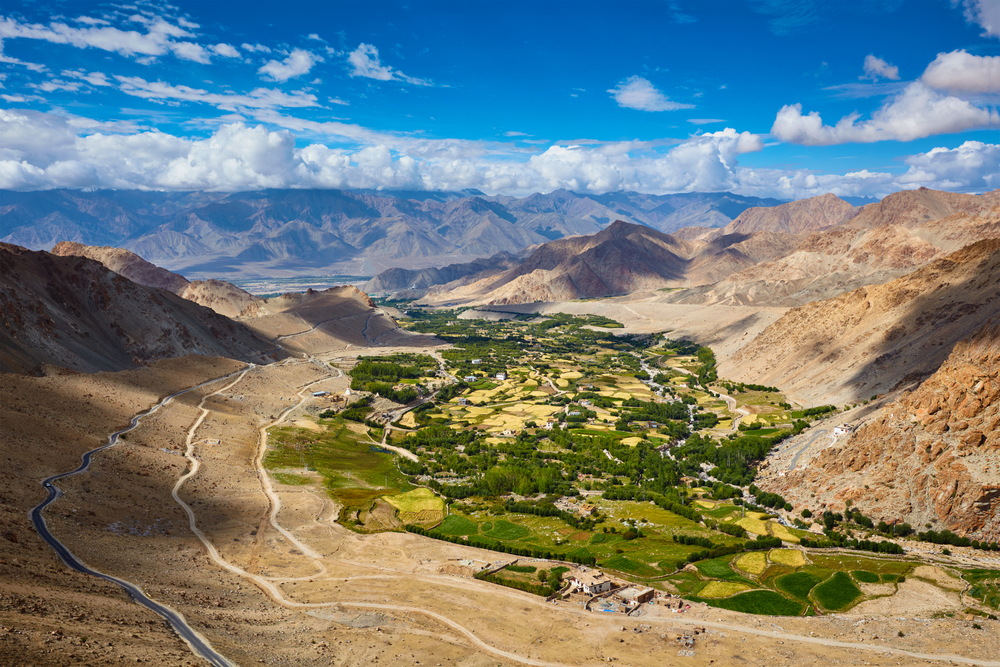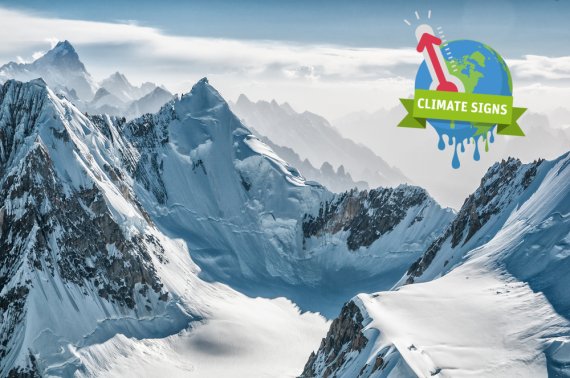| "Climate Signs" | Climate change is not about the future — it is happening now and we can already see the effects. In its ‘Climate Signs’ series, Resource will be looking over the summer at how climate change affects people’s daily lives all around the world and what WUR researchers are doing about this issue. |
|---|
Researchers from institutions including WUR and Utrecht University have produced a precise analysis of the importance of meltwater for agriculture in South Asia. It turns out that there are large differences between regions. ‘It is estimated that a third to half of the volume in glaciers will have been lost by the end of the 21st century,’ says Hester Biemans, a researcher in Water and Food at Wageningen Environmental Research and the leading author of the paper on the findings. The study shows that 129 million farmers in the region around the Indus, Ganges and Brahmaputra rivers are dependent to some degree on meltwater. The researchers published their results in Nature Sustainability.

To reduce their dependency on meltwater, the farmers could change the moment when they sow their seed or they could choose crops that need less water
Hester Biemans, Water and Food researcher at Wageningen Environmental Research
Why this study?
‘We are hearing increasingly alarming reports in the media of fast-melting glaciers. The Himalayas are often called the water towers of Asia, with 1.9 billion Asians depending on them. Most researchers agree that the glaciers are an important factor in the water supply. But there are other water sources in that region that people can use, such as groundwater and the rains during the monsoon. We have produced a much more precise picture of how many people are truly dependent on the meltwater from the snow and glaciers for their food production.’

Meltwater is important in the Indus Valley, where little rain falls.
So how important is the meltwater?
‘More than 900 million people live in the drainage basin of the Indus, Ganges and Brahmaputra rivers. That makes it one of the most densely populated areas in the world. Our calculations show that 129 million farmers are dependent to a greater or lesser degree on the meltwater for their crop production. The importance of the meltwater for water supplies and crop production depends a lot on which particular area you look at. We examined when the glaciers melt and how the meltwater mixes with rainwater and is then distributed to the fields via the irrigation systems. That shows that the farmers in the Indus drainage basin in particular, which is mainly in Pakistan, depend largely on the meltwater for their production. That is because a lot less rain falls there compared to other regions such as Bangladesh, where meltwater is a relatively small part of the overall water supply.’
What impact does climate change have?
‘If you just look at the glaciers, at first there will be more water because they melt faster. But the timing is changing too. In our models, for example, we see that the meltwater will arrive one month earlier in the hottest scenarios. So farmers will need to anticipate that. Of course climate change does not just affect the glaciers; it also means different monsoon patterns and temperatures. What is more, the demand for water is increasing due to population growth, and groundwater supplies are being depleted. We take all this into account in our models.’
What does that mean for farmers?
‘We also looked at where different crops grow and how much water they need. Meltwater is particularly important in the hot, dry months prior to the monsoon, in the spring and summer, and consequently mainly for rice and cotton production. To reduce their dependency on meltwater, the farmers could change the moment when they sow their seed or they could choose crops that need less water. Cotton needs a lot of water so perhaps it would be better to grow that crop somewhere else where there is more water. But that is also a political choice as cotton is an important source of income for those countries.’
What next?
‘In follow-up research, we want to look in more depth at how climate change and the increasing demand for water are influencing the importance of meltwater. We also want to develop generic solutions, in a process that includes farmers, governments and other stakeholders.’

